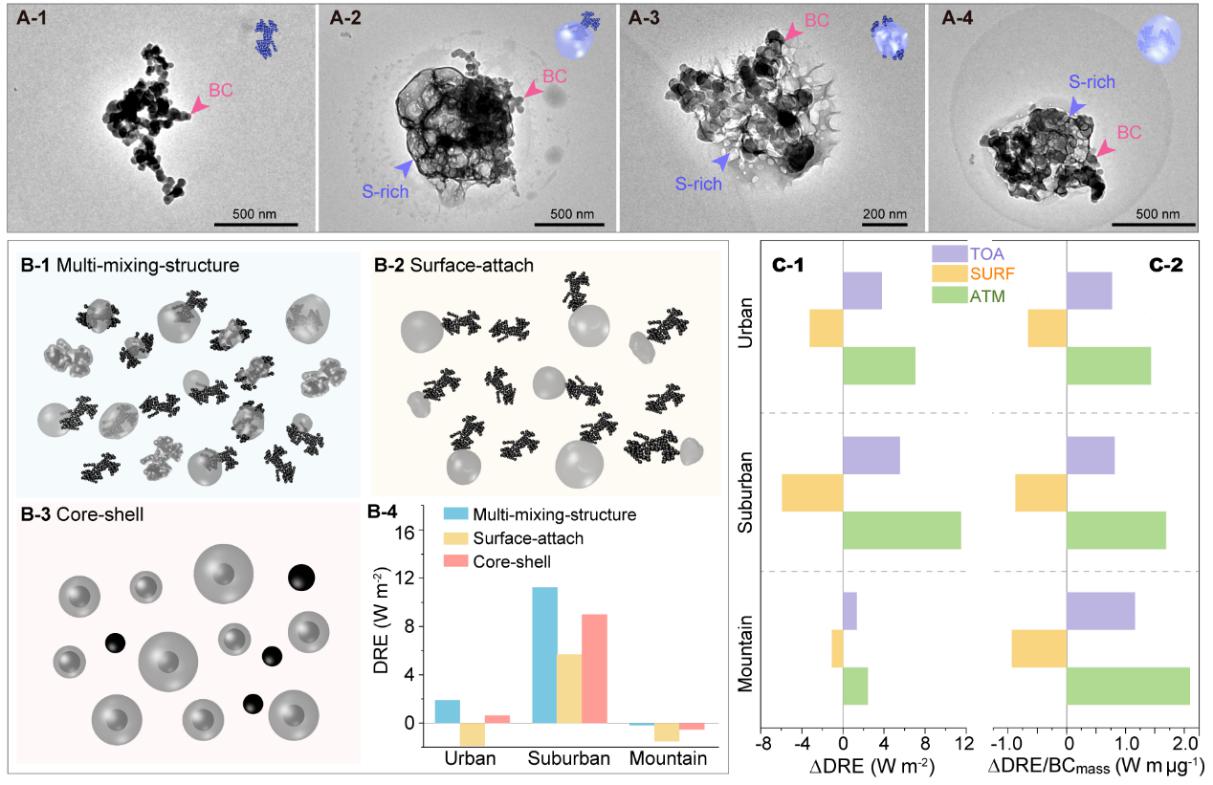
Complex Black Carbon Structures Intensify Climate Heating
2025-06-11
•Improved global modeling shows 31.6% increase of direct radiative effect for black carbon in heavily polluted regions•Particle-resolved black carbon mixing is crucial for accurate climate impact assessmentA groundbreaking international study has revealed that black carbon (soot) particles have a significantly stronger warming effect on Earth's climate than current models predict, with major i...

2024-06-01
Stratospheric aerosol injections (SAI) are proposed as a possible additional tool to help counteract global warming. This method would affect aspects of the climate system such as temperature, precipitation, and ocean circulation, which would in turn alter the global carbon cycle. In this study, we examine the carbon cycle response to SAI simulations, to explore how the carbon cycle response ...
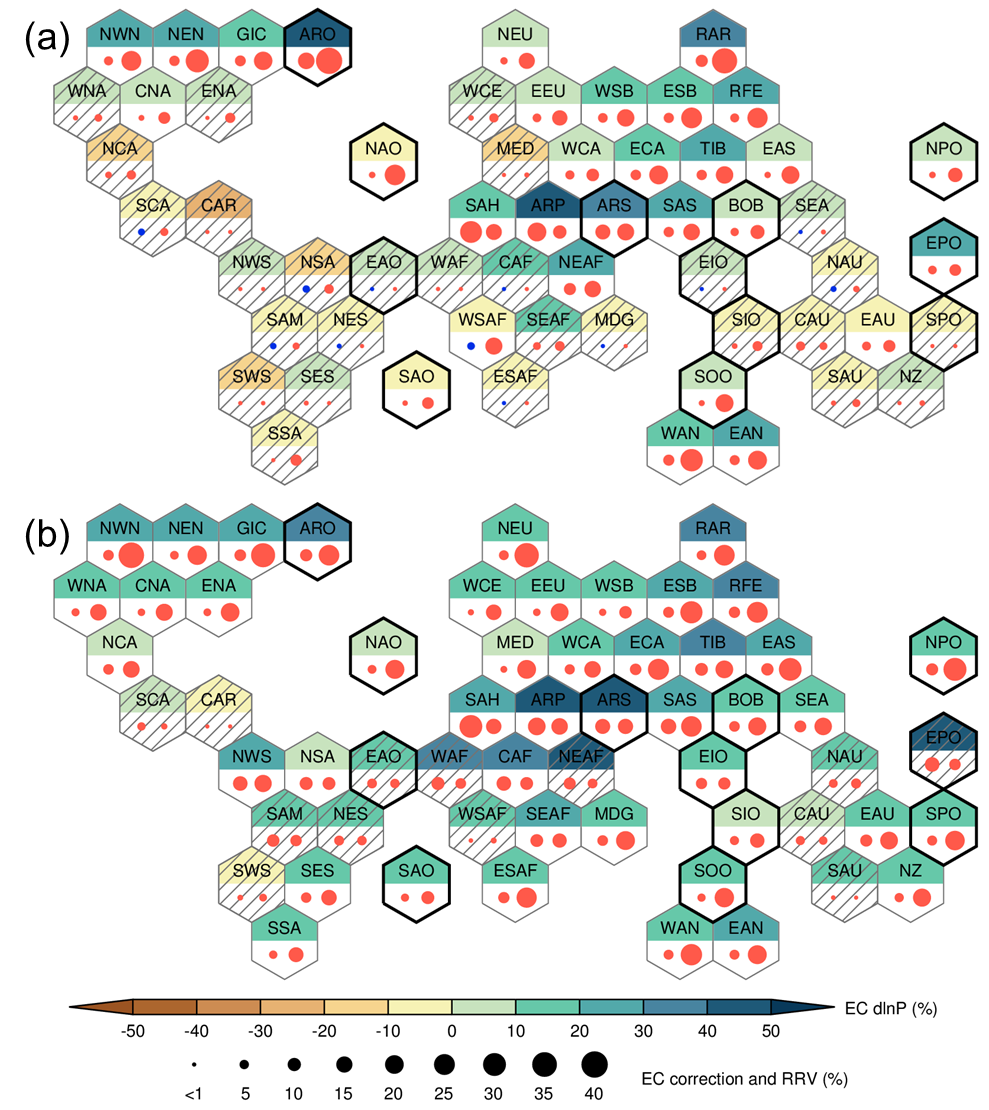
Constraints on regional projections of mean and extreme precipitation under warming
2024-03-05
How the hydrological cycle will change under global warming is one of the central questions in climate studies; however, current climate models show large uncertainties in these projections. Here, we demonstrate that the observational past warming trend can be utilized to effectively constrain future projections in mean and extreme precipitation on both global and regional scales. The physical bas...

2023-10-25
Numerical models assume different governing equations and constitutive relations depending on the dominant time- and length-scales for the problem. The timescales associated with changes in whole mantle flow are typically of the order of tens to hundreds of thousands of years and, as a result, it is usual to neglect the unimportant inertial terms and it is often unnecessary to consider the effects...
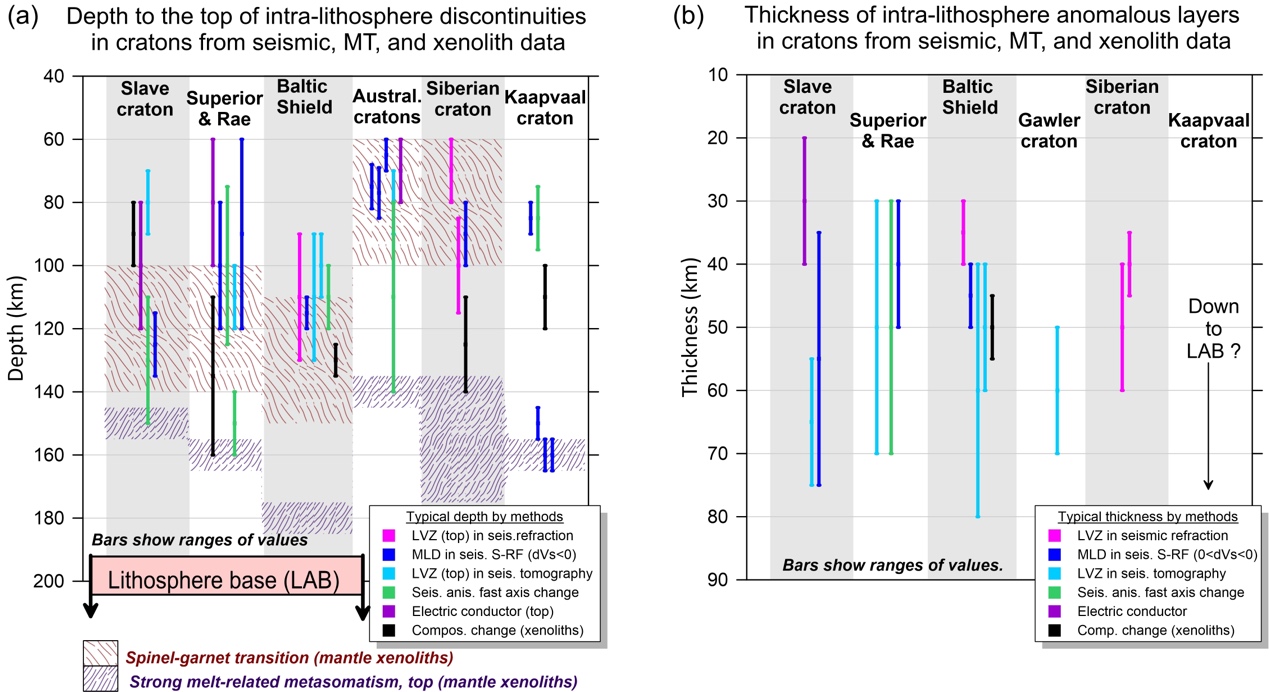
The Mid-Lithospheric Discontinuity caused by channel flow in the cratonic lithosphere
2023-10-25
Stable cratons with a thick (> 200 km) and cold lithosphere form rheologically strong plates that move atop a ductile asthenospheric mantle. Various types of seismic observations show the presence of a potentially rheologically weak zone at depths of ca. 80 – 150 km termed the Mid-Lithosphere Discontinuity (MLD) (Fig. 1). Figure 1. Compilation of depth to intra-lithosphere discontinuities in cr...
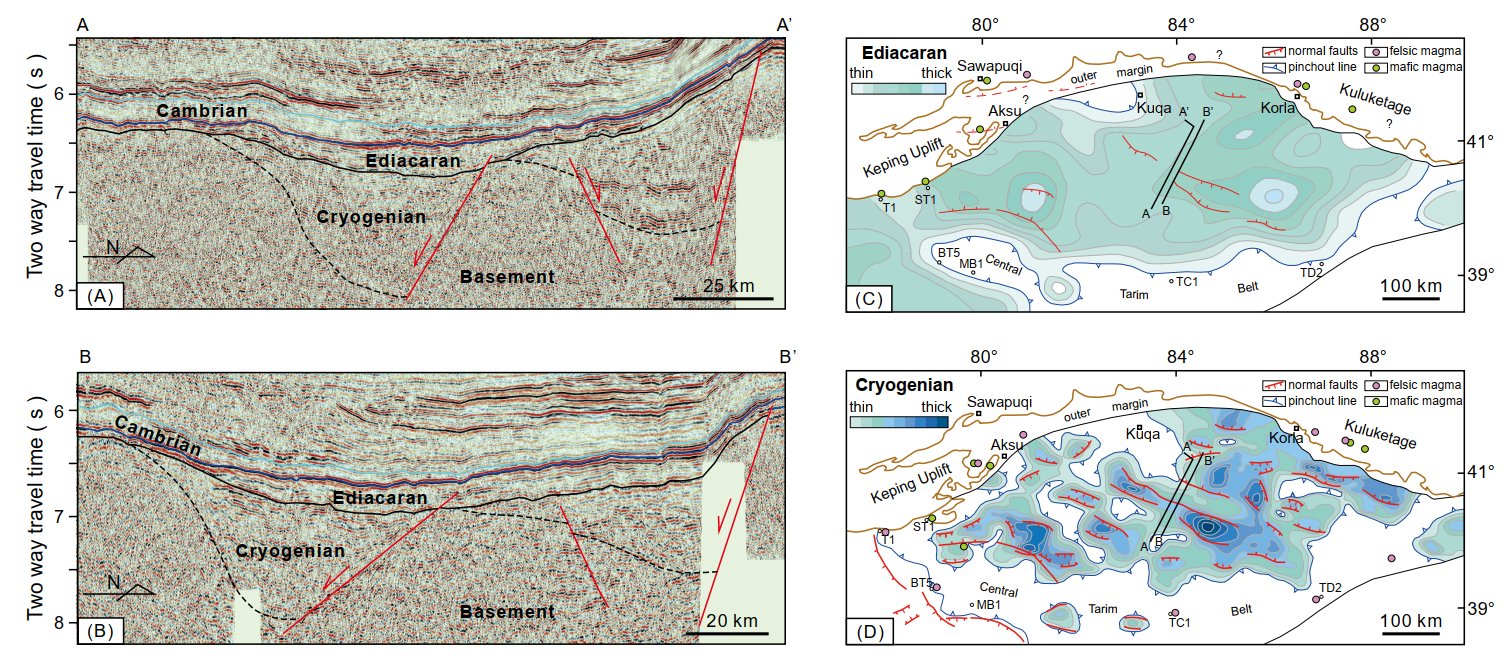
2023-10-24
The spatiotemporal evolution of late Neoproterozoic sedimentary basins and their tectono-magmatic context provide essential information regarding the continental rift process of the Tarim Craton during the fragmentation of the Rodinia supercontinent. In this work, the authors perform an integrated analysis of the Tarim basin and provide critical insights into the Ediacaran stratigraphic and tecton...
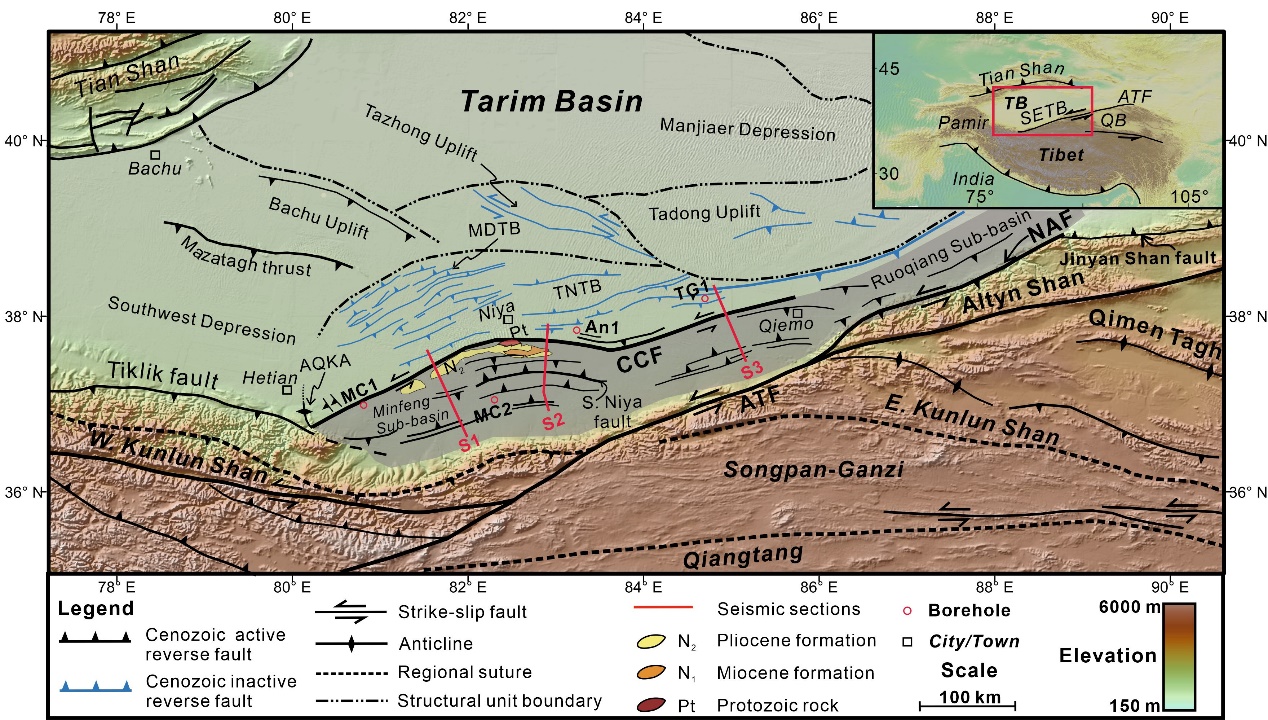
2023-10-24
The northern margin of the Tibetan Plateau is defined by the left-lateral Altyn Tagh fault. It remains unclear whether the Cenozoic deformation related to the India-Asia collision has remained stationary along the Altyn Tagh fault or propagated northward into the southeastern Tarim Basin. The Cenozoic Cherchen fault is located in the southeastern Tarim Basin, ~90–120 km north of the Altyn Tagh fau...
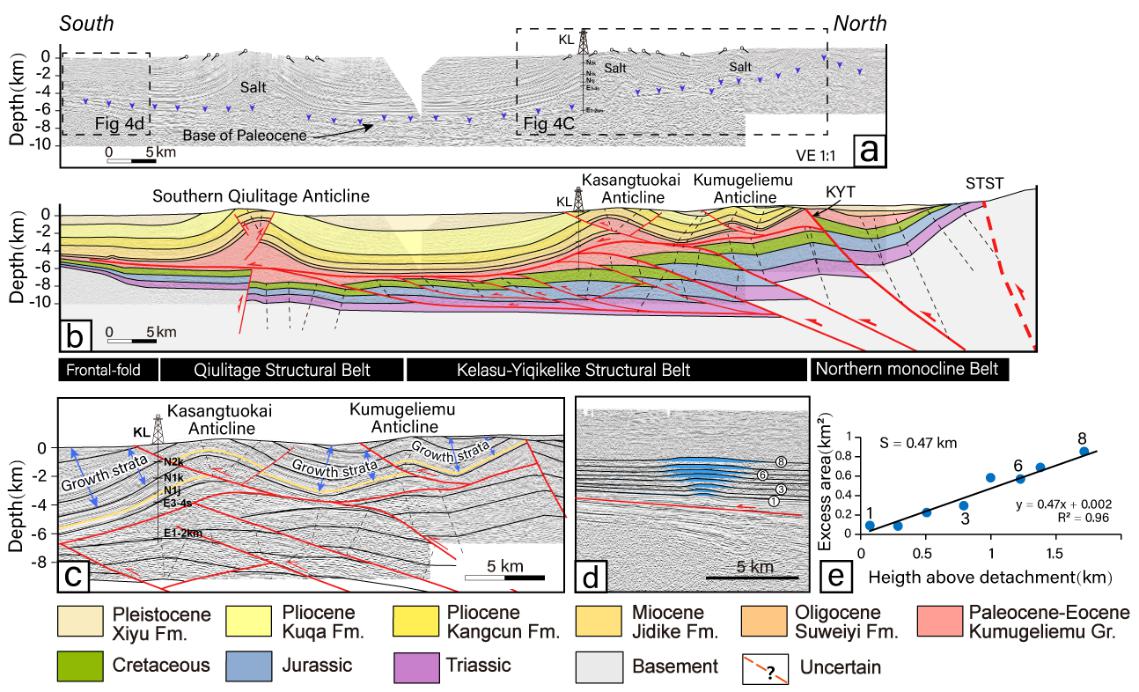
2023-10-24
The India-Eurasia collision caused the uplift of the Tibetan Plateau and extensive intracontinental deformation over a broad area of Asia during the Cenozoic. Located more than 1,000–2,000 km to the north of this collision zone, the 2,500-km-long Tian Shan, with numerous peaks over 7,000 m, is a seismically active orogenic belt and has experienced Cenozoic tectonic reactivation and rapid uplift si...

2023-10-23
Conventional plate tectonics theory views orogenesis as the product of the convergence of rigid plates, and orogenic settings are thus largely confined to plate boundaries and their immediate vicinity. However, widespread intracontinental tectonic activities, i.e., the wide basin and orogen system north far away from the India-Eurasia collision front, i.e., West Kunlun-Tarim-Tian Shan-Junggar tran...
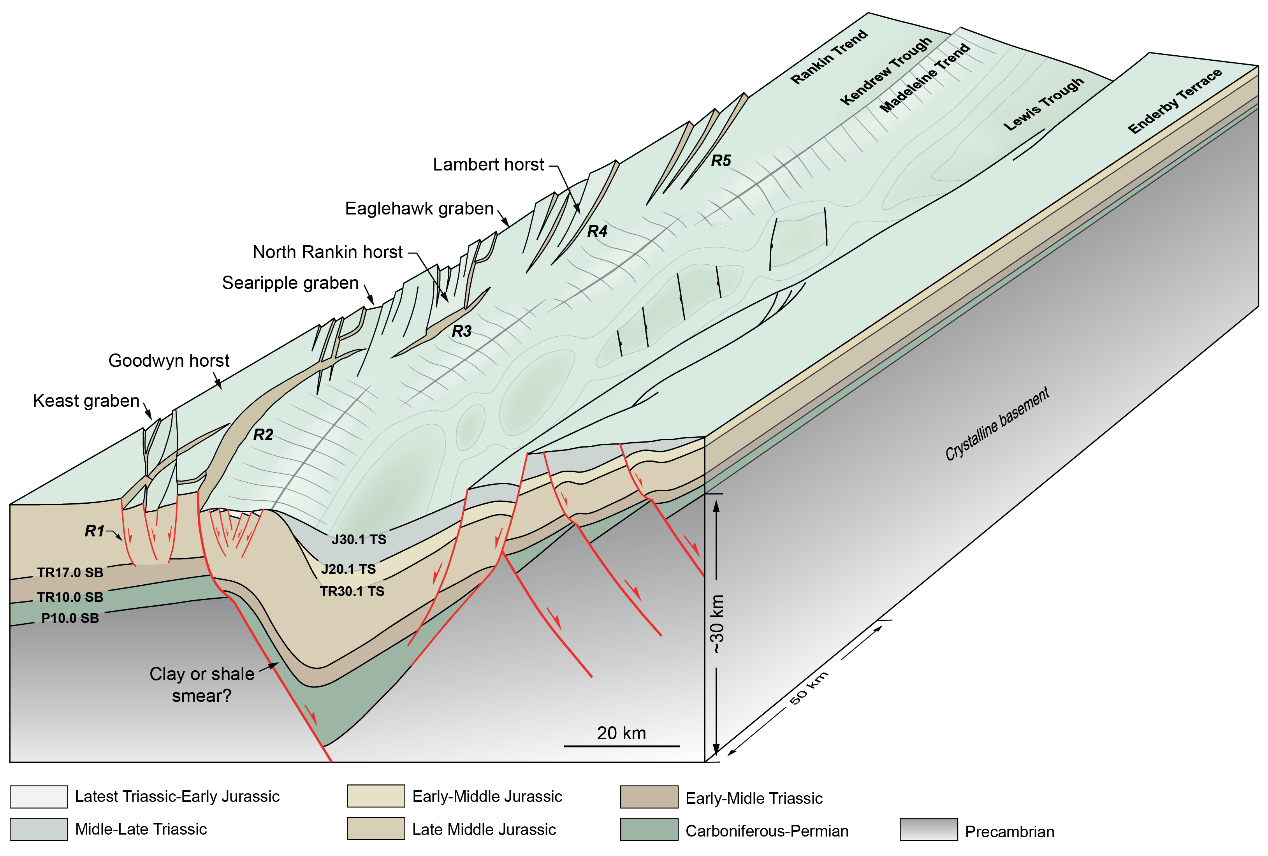
2023-10-23
The origin of the Exmouth and Dampier sub-basins in the inner rift system of the North West Shelf (NWS), Australia, remain poorly understood, despite intensive industrial exploration for over 50 years. By integrating deep 2D and basin-wide 3D seismic reflection data, it is concluded that the Exmouth and Dampier sub-basins are primarily controlled by crustal-scale faults that separate different cru...
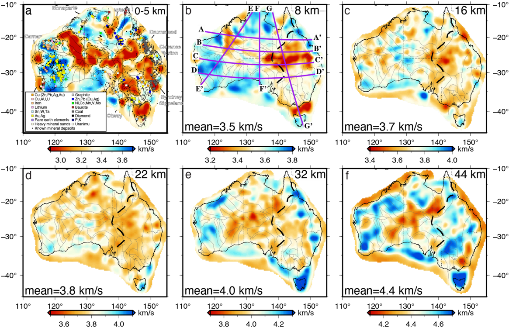
Next-generation seismic model of the Australian crust from ambient noise imaging
2023-10-23
Ambient noise imaging has been a revolutionary and transformative technique in seismology in the last two decades, and its extensive application has greatly promoted the understanding of the Earth’s internal structure. The traditional ambient imaging method entails recording vibration signals in multiple stations simultaneously and extracting useful seismic wave signals from chaotic “noises”. I...
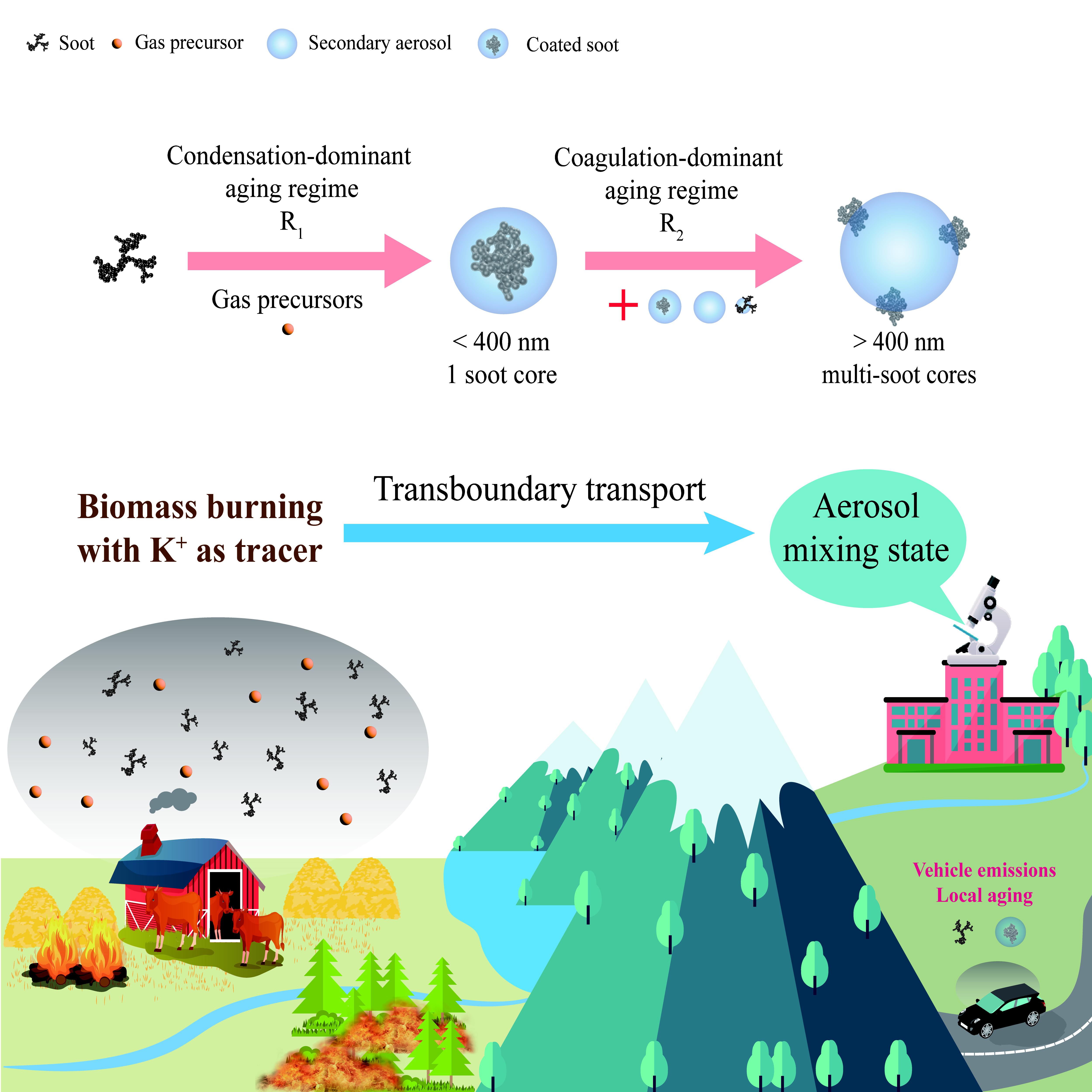
Quantifying evolution of soot mixing state from transboundary transport of biomass burning emissions
2023-10-20
Incomplete combustion of fossil fuels and biomass burning emit large amounts of soot particles into the troposphere. The condensation process is considered to influence the size (Dp) and mixing state of soot particles, which affects their solar absorption efficiency and lifetimes. However, quantifying aging evolution of soot remains hampered in the real world because of complicated sources an...
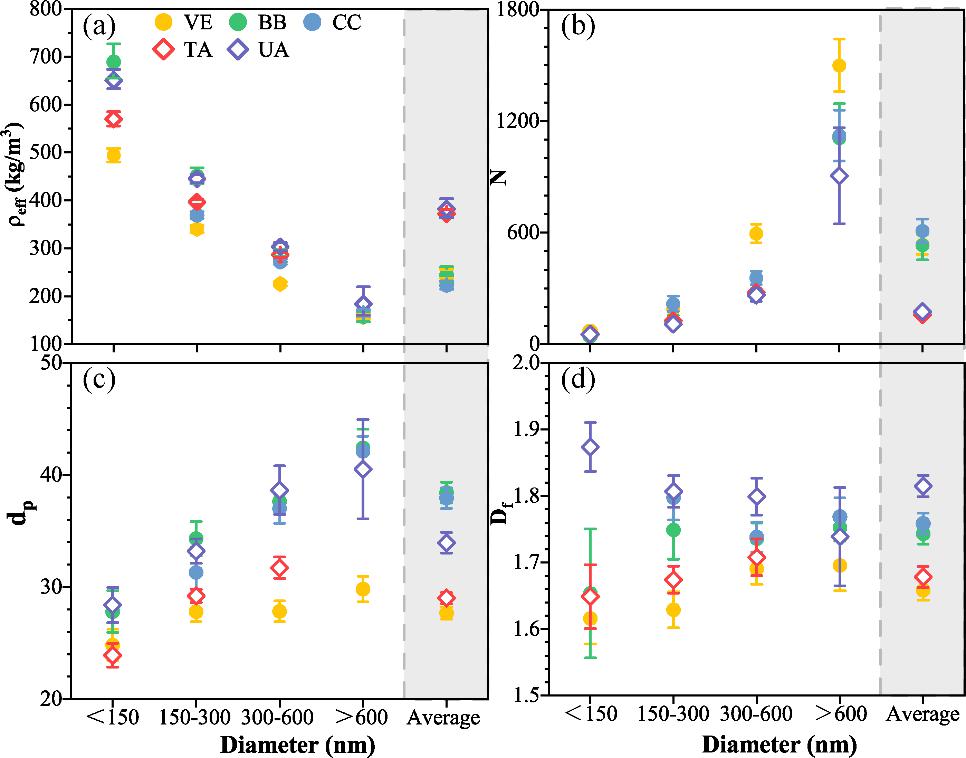
Morphology and Fractal Dimension of Size-Resolved Soot Particles Emitted From Combustion Sources
2023-10-20
The complex morphology of soot particles causes uncertainties in simulating their optical effects in the atmosphere. By applying a new image recognition technique based on electron microscope observations and field studies, we set up a database that displays the mixing state, effective density (ρeff), monomer number and diameter (N and dp), and fractal dimension (Df) of size-resolved soot particl...
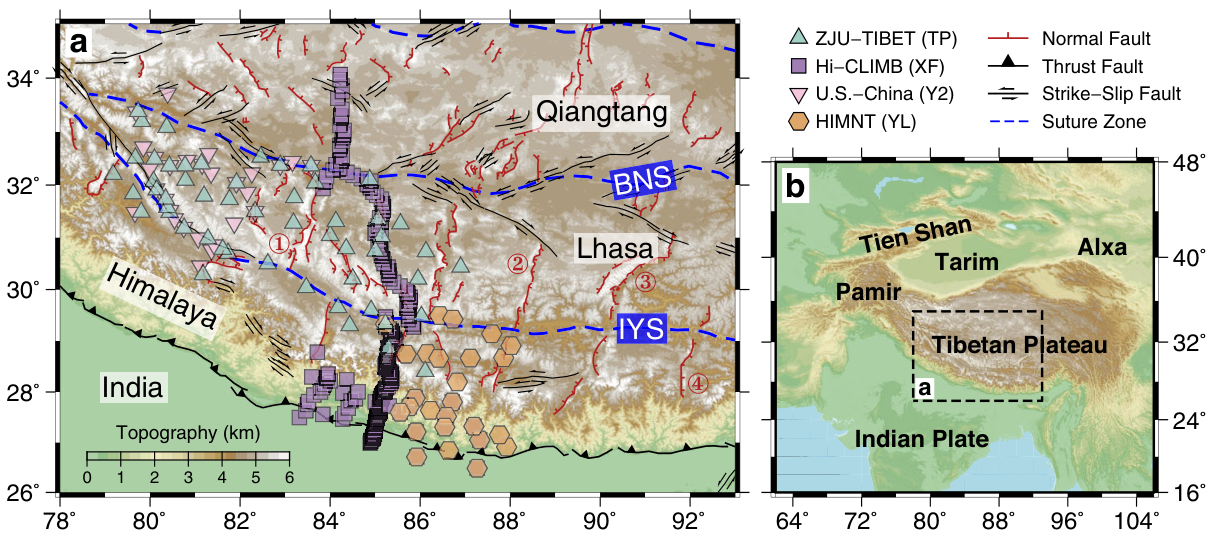
2023-10-19
The Tibetan Plateau, the largest compressional orogenic system on Earth, is currently undergoing orogen-wide crustal extension accommodated by a series of north‒south-trending rifts. However, to date, whether and how these large-scale extensional structures manifested on the surface relate to tectonic processes at depth are still unclear and remain intensely debated, largely due to the lack of dir...
